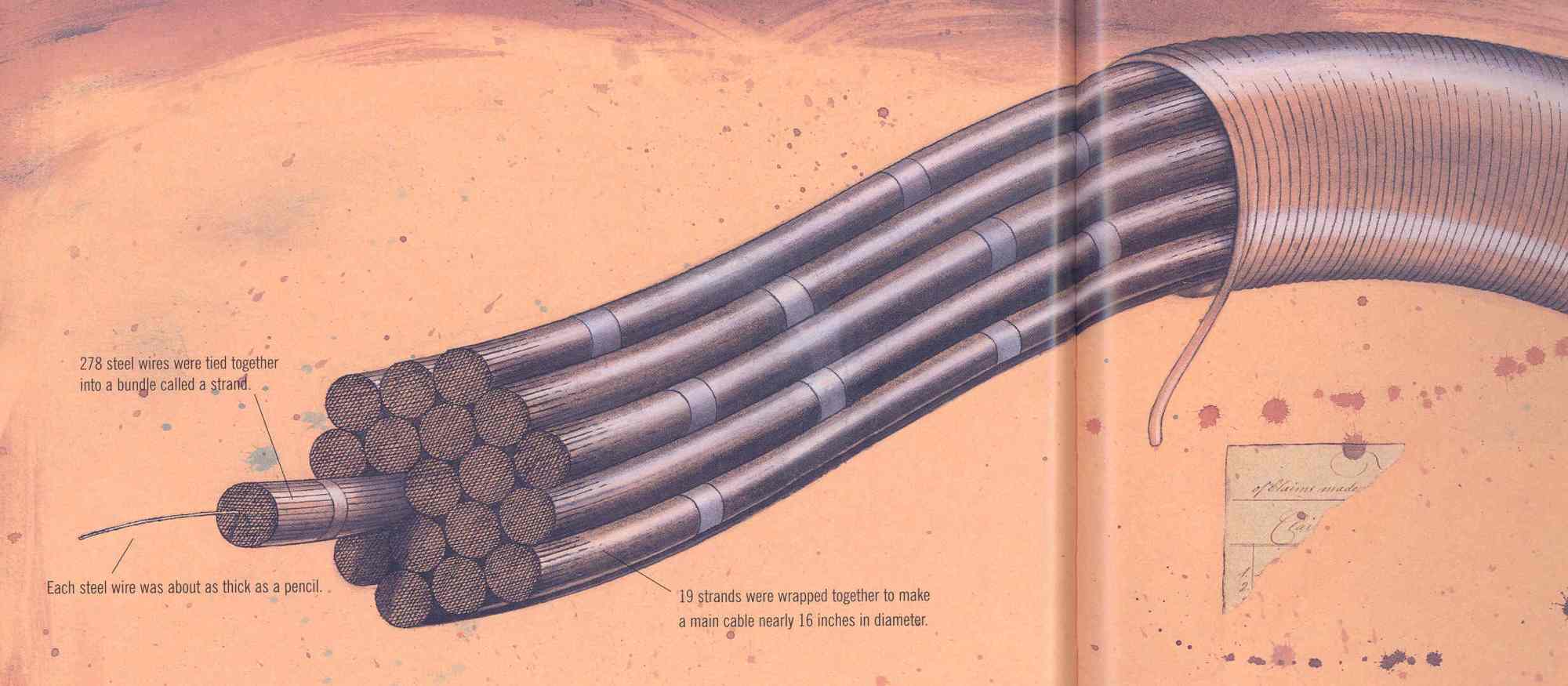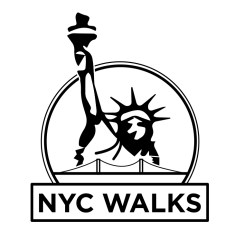Why the Brooklyn Bridge Still Stands—Part 1 The Roebling Family of Engineer

John August Roebling, a Prussian immigrant, had studied both engineering and philosophy. He emigrated to America to become a bridge builder. When he began his bridge-building career in the USA, from the very beginning he always built his bridges always to be as strong as possible. None of the bridges he ever built fell down. Between 1840 and 1880, one bridge in four in America collapsed because of poor construction and maintenance.
“John Roebling faced numerous problems that prevented other engineers from building a crossway connecting Brooklyn and Manhattan. The first challenge was the width of the river and its unique feature of being salty and constantly exposed to tidal conditions and turbulence. Another difficulty was that the east river was a gateway for various ships transporting goods. John’s solution for the first problem was using steel instead of iron, which was commonly used in suspension bridges. Steel made the bridge much stronger and stable. To achieve a solid foundation for the bridge, workers excavated the riverbed in massive wooden boxes called caissons. Compressed air was pumped into them, and men inside would dig away at the sand and rock on the river bottom.” http://sites.psu.edu/maa5747/2013/10/03/the-brooklyn-bridge-engineering-at-its-best/
The Brooklyn Bridge is an architectural wonder and a thing of beauty thanks to the conceptions of Washington Augustus Roebling. ““The contemplated work, when constructed in accordance with my design, will not only be the greatest bridge in existence, but it will be the great engineering work of the continent and of the age. Its most conspicuous feature – the great towers – will serve as landmarks to the adjoining cities, and they will be entitled to be ranked as national monuments. As a great work of art, and a successful specimen of advanced bridge engineering, the structure will forever testify to the energy, enterprise, and wealth of that community which shall secure its erection.”
– “Report” to the New York Bridge Company, September 1, 1867, by John A. Roebling’ https://www.jamesmaherphotography.com/new-york-historical-articles/brooklyn-bridge/
Accounting for inflation, it cost $3.5 billion to construct the Brooklyn Bridge between 1867and 1883. It took longer to build than the transcontinental railroad whose construction was from 1863 to 1869.
John the father communicated his vision to his son Washington August Roebling. He graduated from the Troy Institute of Technology. As a young man in the Union Army, he built bridges that carried soldiers across rivers and saw action in pivotal battles from Antietam to Gettysburg. Upon the death of his father, he completed his dreams with his own engineering innovations and insights. Washington made the crucial decision not to construct the New York tower of the Brooklyn Bridge all the way to bedrock since he judged the sandstone to be stable enough in order to avoid further deaths from caisson’s disease. I guess he was right because the bridge is still standing.
Washington married his superior officer’s sister, Emily Warren Roebling. She would become America’s first woman engineer thanks to the training and direction she received from her husband when he was unable to personally direct the construction and engineering himself. She personally supervised the men from engineers to roughnecks in the construction of the Brooklyn Bridge.
John August Roebling invented iron and later steel cable. He had a factory in Trenton, New Jersey where he manufactured the cable. His invention of iron and later steel cable also enabled elevators to take off as a new technology because they no longer relied upon hemp rope which easily wore out and broke. Thus, Roebling was responsible for the construction of skyscrapers. Before elevators became a safe technology, almost no building rose above six stories because people were reluctant to walk unaided so far up.
NYC Walks Blog 49 Why the Brooklyn Bridge Still Stands—Part 1 The Roebling Family of Engineers © 2018 by Dr. Philip Ernest Schoenberg
